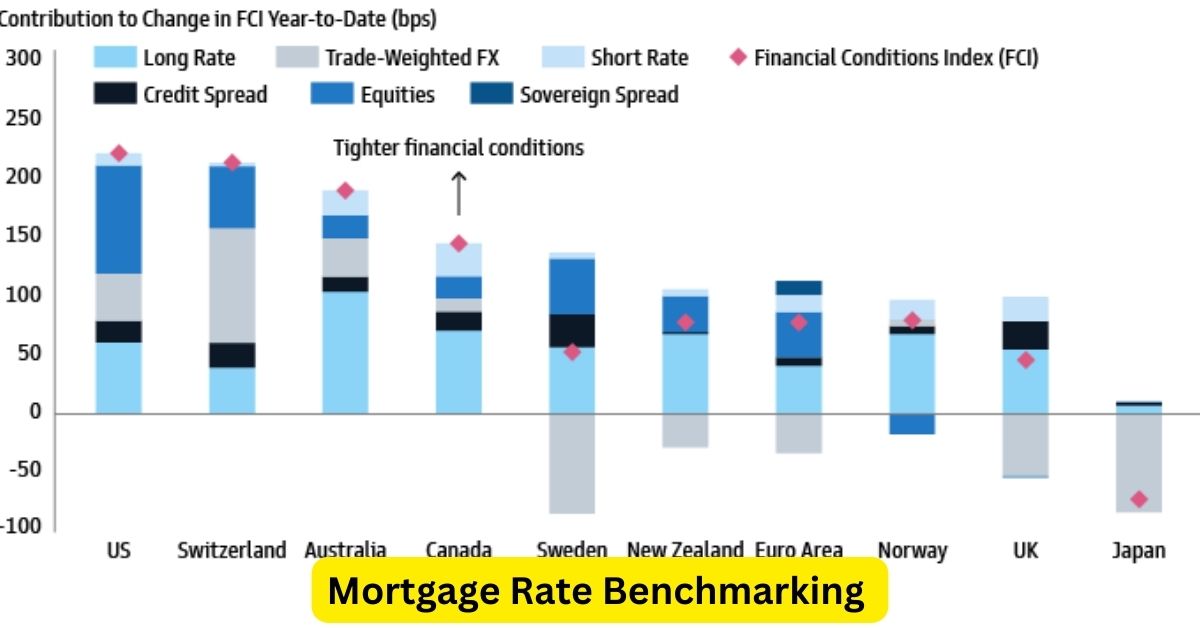In the ever-fluctuating landscape of real estate, mortgage rate trends and consumer confidence play pivotal roles in shaping the housing market. This legal analysis explores the intricate relationship between these factors, shedding light on the legal implications that arise as a consequence.
Mortgage rates, influenced by various economic indicators, significantly impact a borrower’s ability to secure affordable financing. Legal considerations come into play when borrowers find themselves grappling with unexpected rate hikes or facing challenges in meeting their mortgage obligations. Consumer protection laws, such as the Truth in Lending Act (TILA), mandate lenders to disclose the terms and conditions of a mortgage accurately. When mortgage rates experience substantial shifts, lenders must ensure compliance with these regulations to protect borrowers from potential predatory practices.
In times of economic uncertainty, consumer confidence often takes a hit, directly affecting the real estate market. Legal frameworks surrounding fair housing practices become crucial during such periods. Discrimination based on race, gender, or other protected characteristics is strictly prohibited under the Fair Housing Act. If fluctuations in consumer confidence lead to discriminatory practices in lending or housing transactions, legal recourse is available for affected parties to seek justice.
Furthermore, government interventions, such as stimulus packages or financial aid programs, may be implemented to stabilize consumer confidence and support homeowners facing financial hardships. Legal analysis is essential to understand the eligibility criteria, application processes, and potential legal implications for both borrowers and lenders participating in these programs.
Laws related to foreclosure and eviction also come under scrutiny during periods of economic downturn. When mortgage rate trends contribute to an increase in foreclosures, legal protections for homeowners become paramount. Eviction moratoriums, introduced to provide temporary relief to struggling homeowners, may be subject to legal challenges, requiring a careful examination of the balance between public health and property rights.
In addition, the regulatory landscape for financial institutions may evolve in response to economic shifts. Central banks may adjust monetary policies to influence interest rates, impacting mortgage rates and, consequently, the housing market. Legal experts must stay abreast of these regulatory changes to guide both lenders and borrowers through the complexities of mortgage transactions.
In conclusion, the interplay between mortgage rate trends and consumer confidence is a dynamic and legally intricate dance within the real estate realm. From compliance with disclosure requirements to safeguarding against discriminatory practices and navigating government interventions, a comprehensive legal analysis is indispensable for all stakeholders in the housing market. As the landscape continues to evolve, staying informed about the legal implications ensures a resilient and fair housing market for all.




